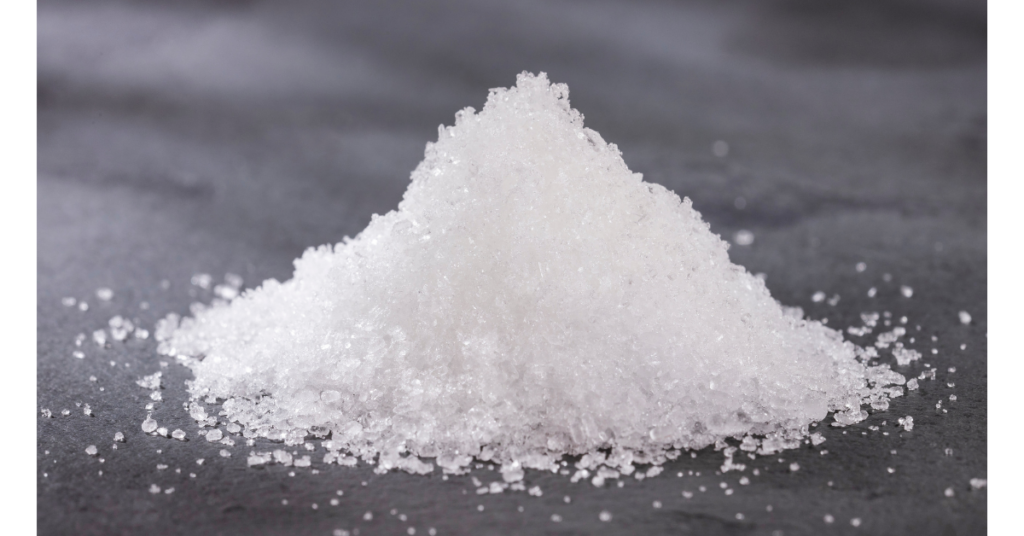Kali Mur – Homeopathic Remedy
Kali Mur (Kalium Muriaticum)
No, not a reference to the Hindu goddess of destruction, but rather one of a number of tissue salts found in the body and used to great effect in homeopathic treatment.
Description
Kali mur is a naturally-occurring tissue salt found in muscles, blood corpuscles, inter-cellular fluids, and nerve and brain cells. It is also found in earth mineral form as sylvite or sylvine.
Kali mur is used to treat sluggish conditions, typified by inadequate digestion of food and poor elimination of waste products. Symptoms include acne, dandruff, fatigue, indigestion, constipation, catarrh, and colds. Indeed, a deficiency of this substance leads to thick, white discharges and the thickening of blood.
Other names: Kali Muriaticum, potassium chloride.
Uses
Homeopaths may prescribe this remedy for:
Acne
Catarrh displaying the following symptoms: Chronic, affecting the middle ear-leading to deafness.
Colds displaying the following symptoms: Stuffy head colds.
Constipation
Dandruff
Earache displaying the following symptoms: Glandular swellings around the ears.
Indigestion
Thrush (vaginal yeast infection)
People requiring this remedy will feel worse: After eating rich, fatty food; in the open air.
People requiring this remedy will feel better: After drinking a cold drink.
The information given on this site about homeopathic remedies is just a general overview. Classical homeopathy takes all the patient’s symptoms into account and prescribes upon the “Totality of Symptoms”, thus finding the precise remedy that matches the patient’s symptoms perfectly.
Here, at The CMA we recommend that anyone interested in learning more about homeopathy and the fascinating remedies that homeopaths use should take an introduction course to homeopathy, which will help you to understand how to become a good home first-aid prescriber. This is ideal for ‘acute symptoms’. However, if you want to learn more – with a view even to becoming a professional homeopath, who is educated highly enough to be able to treat chronic conditions, you’ll need to be prepared to spend many years learning this vast and fascinating topic – along with anatomy, physiology and pathology, history of medicine, homeopathic philosophy, and much more. You’ll find both kinds of courses here on this site – head to our section on Find a CMA Member and search under CMA Registered Training Schools.


